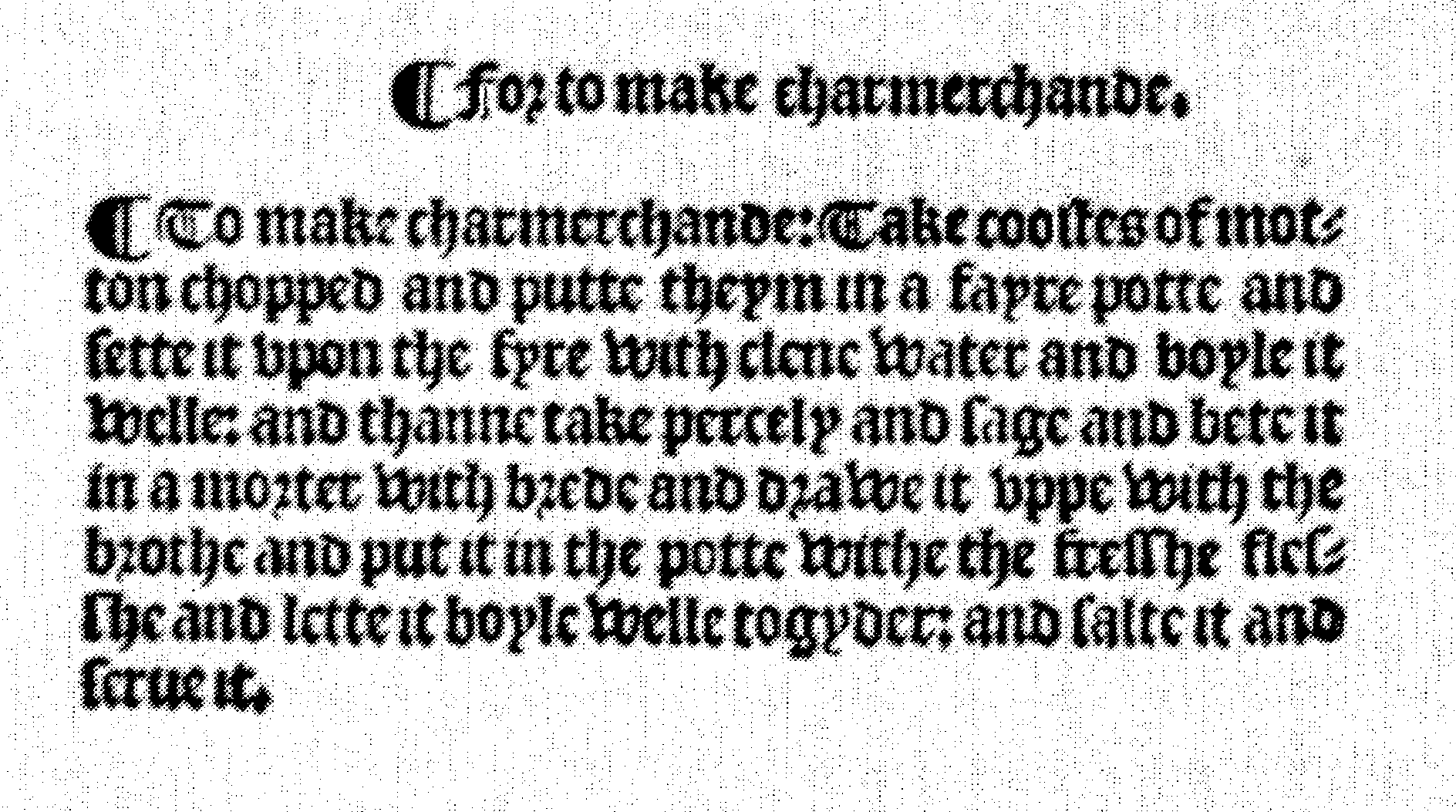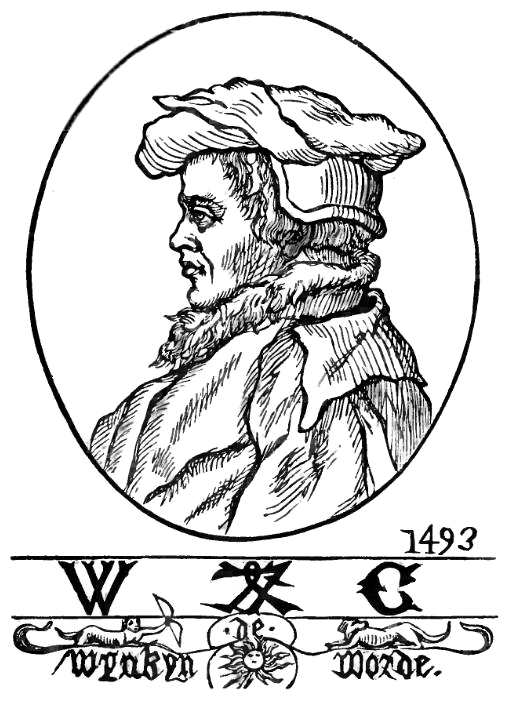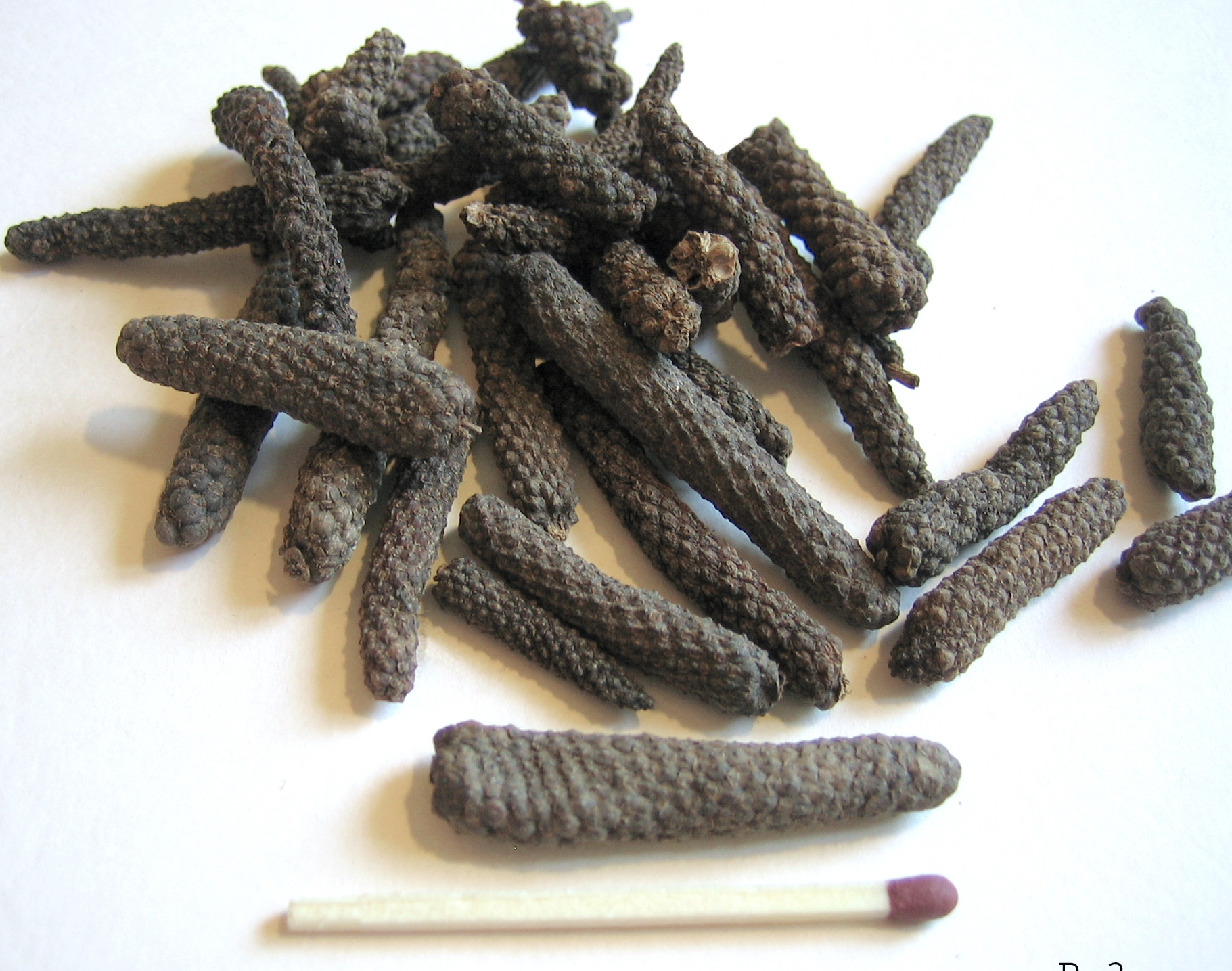|
The Boke Of Cokery
''This Is the Boke of Cokery'', or ''The Boke of Cokery'', is believed to be the first cookery book printed in English. The name of the author is unknown. It was printed and published by Richard Pynson in 1500. The book remained in print for many years in the 16th century, but was superseded and forgotten by the 18th. The only known surviving copy of the book is in the possession of the Marquess of Bath at Longleat House, Wiltshire. Background At the beginning of the 16th century, cookery books were not a novelty in England. The British Library has a manuscript, ''A Boke of Kokery'', dating from about 1440, which draws heavily on earlier published work. The latter, dating from about 1430, consists of a "Kalendare de Potages dyvers" (a list of dishes), a "kalendare de Leche Metys" (a guide to sliced meats); and "Dyverse bake metis" (various baked meats). Like all manuscripts, such books were expensive and rare. It was not until printed versions became available that books had a w ... [...More Info...] [...Related Items...] OR: [Wikipedia] [Google] [Baidu] |
Early Modern Cookbooks
Early may refer to: History * The beginning or oldest part of a defined historical period, as opposed to middle or late periods, e.g.: ** Early Christianity ** Early modern Europe Places in the United States * Early, Iowa * Early, Texas * Early Branch, a stream in Missouri * Early County, Georgia Other uses * Early (Scritti Politti album), ''Early'' (Scritti Politti album), 2005 * Early (A Certain Ratio album), ''Early'' (A Certain Ratio album), 2002 * Early (name) * Early effect, an effect in transistor physics * Early Records, a record label * the early part of the morning See also * Earley (other) {{disambiguation, geo ... [...More Info...] [...Related Items...] OR: [Wikipedia] [Google] [Baidu] |
English Non-fiction Books
English usually refers to: * English language * English people English may also refer to: Peoples, culture, and language * ''English'', an adjective for something of, from, or related to England ** English national identity, an identity and common culture ** English language in England, a variant of the English language spoken in England * English languages (other) * English studies, the study of English language and literature * ''English'', an Amish term for non-Amish, regardless of ethnicity Individuals * English (surname), a list of notable people with the surname ''English'' * People with the given name ** English McConnell (1882–1928), Irish footballer ** English Fisher (1928–2011), American boxing coach ** English Gardner (b. 1992), American track and field sprinter Places United States * English, Indiana, a town * English, Kentucky, an unincorporated community * English, Brazoria County, Texas, an unincorporated community * ... [...More Info...] [...Related Items...] OR: [Wikipedia] [Google] [Baidu] |
Second World War
World War II or the Second World War, often abbreviated as WWII or WW2, was a world war that lasted from 1939 to 1945. It involved the vast majority of the world's countries—including all of the great powers—forming two opposing military alliances: the Allies and the Axis powers. World War II was a total war that directly involved more than 100 million personnel from more than 30 countries. The major participants in the war threw their entire economic, industrial, and scientific capabilities behind the war effort, blurring the distinction between civilian and military resources. Aircraft played a major role in the conflict, enabling the strategic bombing of population centres and deploying the only two nuclear weapons ever used in war. World War II was by far the deadliest conflict in human history; it resulted in 70 to 85 million fatalities, mostly among civilians. Tens of millions died due to genocides (including the Holocaust), starvat ... [...More Info...] [...Related Items...] OR: [Wikipedia] [Google] [Baidu] |
The Forme Of Cury
''The Forme of Cury'' (''The Method of Cooking'', from Middle French : 'to cook') is an extensive 14th-century collection of medieval English recipes. Although the original manuscript is lost, the text appears in nine manuscripts, the most famous in the form of a scroll with a headnote citing it as the work of "the chief Master Cooks of King Richard II". The name ''The Forme of Cury'' is generally used for the family of recipes rather than any single manuscript text. It is among the oldest extant English cookery books, and the earliest known to mention olive oil, gourds, and spices such as mace and cloves. Context The collection was named ''The Forme of Cury'' by Samuel Pegge, who published an edition of one of the manuscripts in 1780 for a trustee of the British Museum, Gustavus Brander. It is one of the best-known medieval guides to cooking. ''The Forme of Cury'' may have been written partly to compete with '' Le Viandier of Taillevent'', a French cookery b ... [...More Info...] [...Related Items...] OR: [Wikipedia] [Google] [Baidu] |
Samuel Pegge
Samuel ''Šəmūʾēl'', Tiberian: ''Šămūʾēl''; ar, شموئيل or صموئيل '; el, Σαμουήλ ''Samouḗl''; la, Samūēl is a figure who, in the narratives of the Hebrew Bible, plays a key role in the transition from the biblical judges to the United Kingdom of Israel under Saul, and again in the monarchy's transition from Saul to David. He is venerated as a prophet in Judaism, Christianity, and Islam. In addition to his role in the Hebrew scriptures, Samuel is mentioned in Jewish rabbinical literature, in the Christian New Testament, and in the second chapter of the Quran (although Islamic texts do not mention him by name). He is also treated in the fifth through seventh books of '' Antiquities of the Jews'', written by the Jewish scholar Josephus in the first century. He is first called "the Seer" in 1 Samuel 9:9. Biblical account Family Samuel's mother was Hannah and his father was Elkanah. Elkanah lived at Ramathaim in the district of Zuph. His ge ... [...More Info...] [...Related Items...] OR: [Wikipedia] [Google] [Baidu] |
A Proper Newe Booke Of Cokerye
''A Proper Newe Booke of Cokerye'' is a book of recipes, seasons for meat and listing of courses and dishes for service on fish days and non-fish days written for women running their own households by an unknown author.Oxford, p. 3 The text was published in London and survives in three editions: 1545 (held at the University of Glasgow), 1557-1558 (held at Corpus Christi College, Cambridge) and two later editions, one of 1575 (held in the British Library The British Library is the national library of the United Kingdom and is one of the largest libraries in the world. It is estimated to contain between 170 and 200 million items from many countries. As a legal deposit library, the British ...). It is a relatively small volume, beginning with a list of meats and their seasons, followed by a listing of dinners and suggested dishes for service for both flesh and fish days. After this comes a list of 49 recipes mostly covering meat dishes and pies, though there are a small nu ... [...More Info...] [...Related Items...] OR: [Wikipedia] [Google] [Baidu] |
Wynkyn De Worde
Wynkyn de Worde (died 1534) was a printer and publisher in London known for his work with William Caxton, and is recognised as the first to popularise the products of the printing press in England. Name Wynkyn de Worde was a German immigrant to England. His name is given in the forms ''Wynkyn de Worde'', ''Wynken de Worde'', ''Wynkyn de Word'', ''Wijnkijn de Worde'', and ''Winandus van Worden'' ("Wynkyn" is a diminutive of "Wynand"). It is also given 15 times in the sacrist's roll of Westminster Abbey and in city records as variants of "John Wynkyn", including ''John Wynkyn'', ''Johannes Wynkyn'', ''Jan Wynkyn'', and ''Jan van Wynkyn''. He is also recorded as ''Willelmo Wynkyn'' ("William Wynkyn") once and as ''Mr. Wylkyns'' eight times. His son Richard is recorded as ''Richard Wynkyn'' and ''Rycharde de Worde''. Some authors have therefore concluded that his real name was John Wynkyn (or Wynand) and that "de Worde" was "merely a place name," while others have concluded th ... [...More Info...] [...Related Items...] OR: [Wikipedia] [Google] [Baidu] |
Almond Milk
Almond milk is a plant-based milk with a watery texture and nutty flavor manufactured from almonds, although some types or brands are flavored in imitation of cow's milk. It does not contain cholesterol or lactose and is low in saturated fat. Almond milk is often consumed by those who are lactose-intolerant and others, such as vegans, who avoid dairy products. Commercial almond milk comes in sweetened, unsweetened, vanilla and chocolate flavors, and is usually fortified with micronutrients. It can also be made at home using a blender, almonds and water. Global almond milk sales in 2018 were US$5.8 billion, growing at 14% per year, and forecast to be a $13 billion global market by 2025. History Almond milk was used as a substitute for animal milk in the Middle Ages in areas that followed Catholic fasting doctrines. Historian Carolyn Walker Bynum notes that: medieval cookbooks suggest that the aristocracy observed fasting strictly, if legalistically. Meat-day an ... [...More Info...] [...Related Items...] OR: [Wikipedia] [Google] [Baidu] |
Long Pepper
Long pepper (''Piper longum''), sometimes called Indian long pepper or ''thippali'', is a flowering vine in the family Piperaceae, cultivated for its fruit, which is usually dried and used as a spice and seasoning. Long pepper has a taste similar to, but hotter than, that of its close relative '' Piper nigrum'' – from which black, green and white pepper are obtained. The fruit of the pepper consists of many minuscule fruits – each about the size of a poppy seed – embedded in the surface of a flower spike that closely resembles a hazel tree catkin. Like ''Piper nigrum'', the fruits contain the alkaloid piperine, which contributes to their pungency. Another species of long pepper, '' Piper retrofractum'', is native to Java, Indonesia. The fruits of this plant are often confused with chili peppers, which belong to the genus ''Capsicum'', originally from the Americas. History The oldest known reference to long pepper comes from ancient Indian textbooks of Ayurveda, where it ... [...More Info...] [...Related Items...] OR: [Wikipedia] [Google] [Baidu] |
Aframomum Melegueta
''Aframomum melegueta'' is a species in the ginger family, Zingiberaceae, and closely related to cardamom. Its seeds are used as a spice (ground or whole); it imparts a pungent, black-pepper-like flavor with hints of citrus. It is commonly known as grains of paradise, melegueta pepper, Guinea grains, ''ossame'', or ''fom wisa'', and is confused with alligator pepper. The term Guinea pepper has also been used, but is most often applied to ''Xylopia aethiopica'' ( grains of Selim). It is native to West Africa, which is sometimes named the Pepper Coast (or Grain Coast) because of this commodity. It is also an important cash crop in the Basketo district of southern Ethiopia. Characteristics ''Aframomum melegueta'' is an herbaceous perennial plant native to swampy habitats along the West African coast. Its trumpet-shaped, purple flowers develop into pods long, containing numerous small, reddish-brown seeds. The pungent, peppery taste of the seeds is caused by aromatic k ... [...More Info...] [...Related Items...] OR: [Wikipedia] [Google] [Baidu] |





